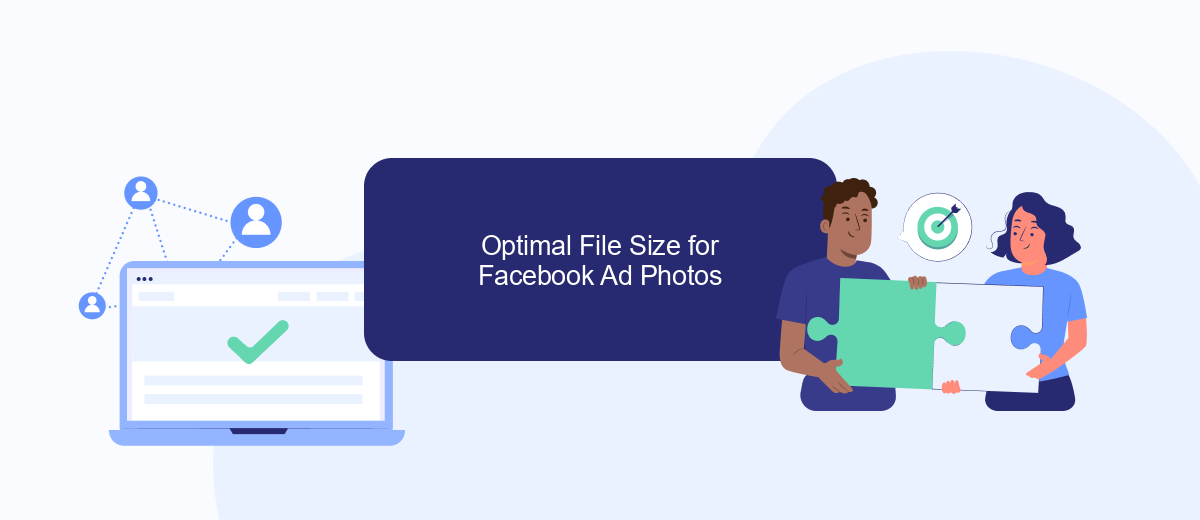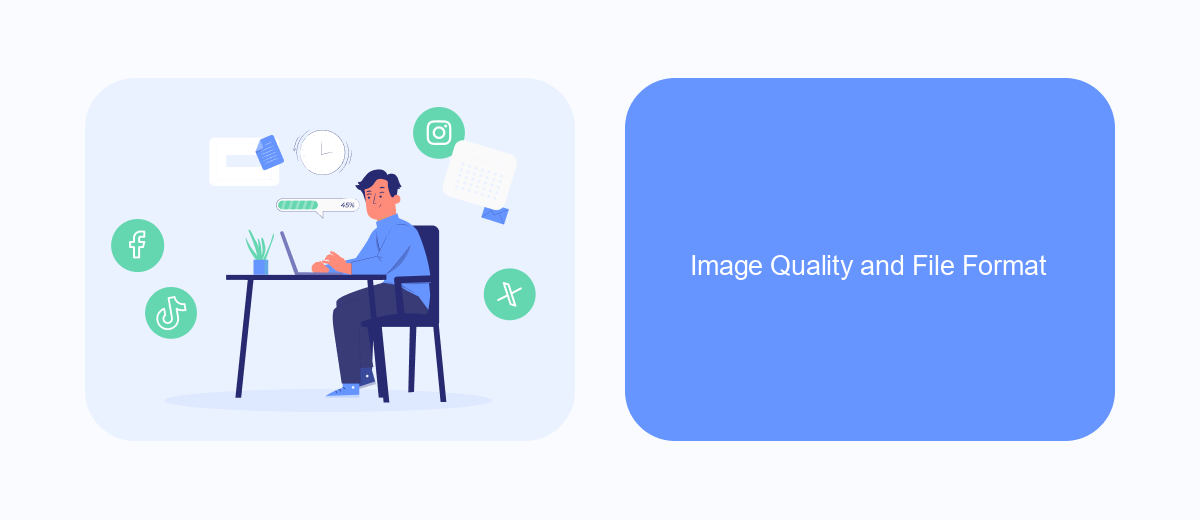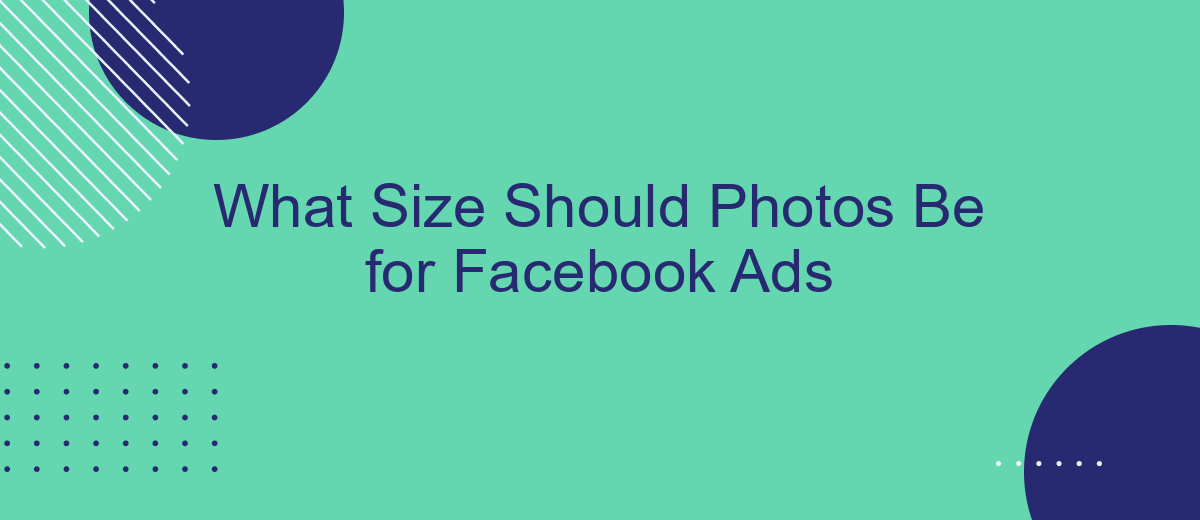When creating Facebook ads, the size and quality of your photos play a crucial role in capturing attention and driving engagement. Choosing the right dimensions ensures your images look professional and appealing across various devices. In this article, we'll guide you through the recommended photo sizes for Facebook ads to help you optimize your campaigns for maximum impact.
Ideal Dimensions for Facebook Ad Photos
When it comes to creating Facebook ad photos, using the correct dimensions is crucial for ensuring your ads look professional and perform well. Properly sized images prevent cropping issues and help maintain the visual integrity of your ads across different devices and placements. Below are the ideal dimensions for various types of Facebook ads:
- Single Image Ads: 1200 x 628 pixels
- Carousel Ads: 1080 x 1080 pixels
- Collection Ads: 1200 x 628 pixels
- Story Ads: 1080 x 1920 pixels
- Video Thumbnail: 1200 x 675 pixels
Using these dimensions ensures that your ads are optimized for Facebook's platform, providing a seamless experience for users. If you're looking to streamline your ad campaigns and integrate various marketing tools, consider using services like SaveMyLeads. This platform helps automate lead generation and integrates effortlessly with Facebook Ads, making your advertising efforts more efficient and effective.
Square or Landscape: Choosing the Best Shape

When deciding between square or landscape shapes for your Facebook ads, consider the platform's layout and user behavior. Square images (1:1 ratio) often perform better in feeds because they take up more vertical space, catching the eye of users as they scroll. This shape is versatile and works well across different devices, ensuring your ad looks good on both mobile and desktop screens.
Landscape images (16:9 ratio), on the other hand, are ideal for ads that need to convey more information or context. They provide a wider canvas, making them perfect for showcasing products in a broader scene or setting. To optimize your ad's performance, test both shapes and analyze the results. Tools like SaveMyLeads can help automate the integration of your ad data, providing insights into which shape drives better engagement and conversions for your specific audience.
Optimal File Size for Facebook Ad Photos

When creating Facebook ad photos, it's important to consider the optimal file size to ensure quick loading times and high-quality visuals. Large files can slow down page load times, which may negatively impact user experience and engagement.
- Keep the file size under 1MB to ensure fast loading times.
- Use JPEG or PNG formats for the best balance between quality and file size.
- Compress images using tools like TinyPNG or JPEGmini to reduce file size without losing quality.
- Ensure your image dimensions are appropriate for the ad format you are using.
By adhering to these guidelines, you can optimize your Facebook ad photos for better performance. For seamless integration of your advertising efforts with CRM systems or other marketing tools, consider using services like SaveMyLeads to automate and streamline your marketing processes. This can help you maintain efficiency and focus on creating impactful ads.
Image Quality and File Format

Ensuring your photos are of high quality is crucial for successful Facebook ads. High-quality images capture attention, convey professionalism, and enhance the overall appeal of your advertisement. A blurry or pixelated image can deter potential customers and reduce the effectiveness of your campaign.
When it comes to file formats, Facebook supports JPEG and PNG formats. JPEG is ideal for photos with many colors and gradients, while PNG is better for images with text, logos, or transparent backgrounds. Choosing the right format can help maintain the integrity and clarity of your visuals.
- JPEG: Best for colorful photos and complex images.
- PNG: Best for images with text, logos, or transparency.
To optimize your images further, consider using tools like SaveMyLeads to streamline your ad creation process. This service helps automate and integrate your marketing efforts, ensuring your high-quality images are used effectively across all your campaigns. Proper image quality and format can significantly impact your ad performance, so always prioritize these elements.
Additional Tips for Facebook Ad Photo Optimization
To enhance the effectiveness of your Facebook ad photos, consider using high-resolution images that are not only visually appealing but also relevant to your target audience. High-quality images can significantly increase engagement rates, making your ads more likely to capture attention. Additionally, avoid overcrowding your images with text; Facebook recommends keeping text to less than 20% of the image to ensure better reach and performance.
Another crucial tip is to regularly test and optimize your ad visuals. Utilize A/B testing to compare different images and identify which ones resonate best with your audience. Integrate tools like SaveMyLeads to streamline your ad management process. SaveMyLeads allows you to automate lead data transfer from Facebook Lead Ads to your CRM or email marketing platforms, ensuring you can focus more on creative optimization rather than manual data entry. By continuously refining your visuals and leveraging automation tools, you can achieve better results and higher ROI for your Facebook ad campaigns.
FAQ
What is the recommended size for Facebook ad images?
Can I use different image sizes for different types of Facebook ads?
What happens if my image doesn't meet the recommended size?
How can I ensure my images are the correct size for Facebook ads?
Are there any file format restrictions for Facebook ad images?
You probably know that the speed of leads processing directly affects the conversion and customer loyalty. Do you want to receive real-time information about new orders from Facebook and Instagram in order to respond to them as quickly as possible? Use the SaveMyLeads online connector. Link your Facebook advertising account to the messenger so that employees receive notifications about new leads. Create an integration with the SMS service so that a welcome message is sent to each new customer. Adding leads to a CRM system, contacts to mailing lists, tasks to project management programs – all this and much more can be automated using SaveMyLeads. Set up integrations, get rid of routine operations and focus on the really important tasks.
